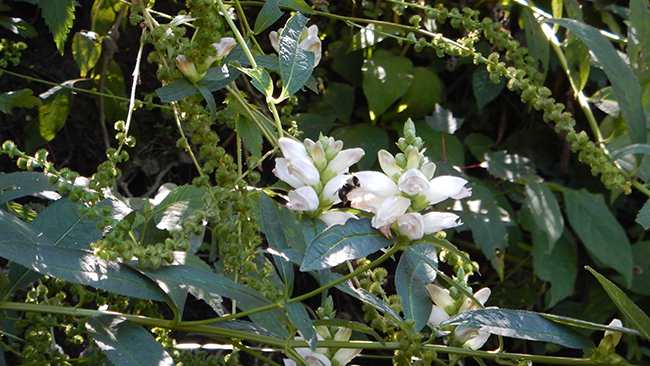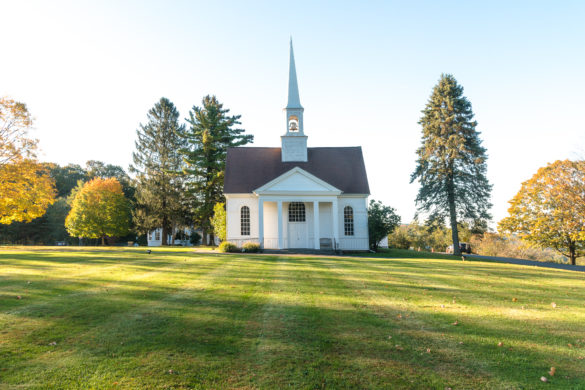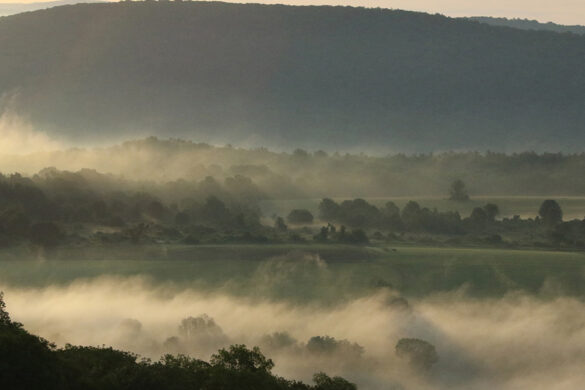If you live in Putnam County or Dutchess County, you probably drive by the Great Swamp several times a day without realizing it! The Great Swamp isn’t a single body of water. It’s an ecosystem of waterways, habitats, and sanctuaries. What you may not realize is the Great Swamp is home to thousands of plants and trees.
The bedrock underlying the Swamp consists mostly of limestone and marble. This makes the water more alkaline, or “sweet”, but also lowers its nutrient content, which influences the types of trees and plants that can live in it.
The Red Maple Swamp Forest
The Red Maple Swamp Forest in the Patterson section of the Great Swamp encompasses 1,858 acres, the largest red maple hardwood font in New York State. Red Maples dominate, but the understory vegetation is often dense. Shrubs such as silky dogwood, spicebush, and sweetpepper bush abound. Ferris and skunk cabbage carpet the ground level.
This section of the Swamp is the most important area for breeding binds. A least 90 species of birds breed within the Swamp. Many of these are area sensitive. They are affected by the width of the forest corridor. They need wide areas of undisturbed forest to breed successfully. Areas at least 500 meters wide are preferred. If forested areas are narrow, these birds cannot successfully raise young due to predation from other more aggressive birds like jays, crows, and cowbirds or from raccoons and feral cats. These predators are usually found in areas adjacent to the swamp but do not venture too far within it.
This section of Swamp is home to many other creatures as well. Mammals found here include the river otter, beaver, opossum, mink, and fisher. Wood frogs and other amphibians thrive here as well as over 58 species of dragonflies and damselflies.
Plants Provide an Important Source of Food
The plants of the swamp provide year-round food for wildlife. Even in the cold weather of winter, plant material is a critical food source. Many of the songbirds that stay north in the winter congregate in the Great Swamp. In the wet meadows and the shrub swamp areas, they can find many plants with winter seeds, as well as shrubs with berries that remain most of the winter. Wetland shrubs like black alder provide seeds. Vines of wild grape and bittersweet, as well as winterberry holly and the drupes of dogwoods provide berries.
A plant that humans scorn because of the itchy rash it causes, poison ivy, provides an excellent source of berries for overwintering birds.



